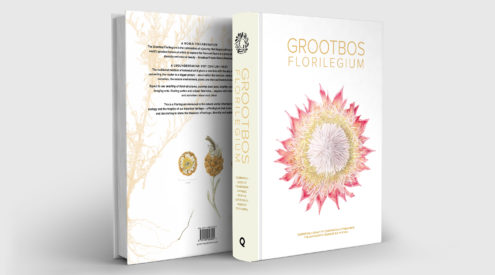You cannot appreciate a painting while standing up close. The detail overwhelms, minutiae blur your view. Taking a step back, the image is no longer distorted. What is important stands out.
Reading Home Away (2010) offers a similar experience. The book is made up of 24 stories, each representing one of 24 hours in a day, each taking place in a different location. Editor Louis Greenberg, whose story fills the time slot of nine to 10 am, briefed the 23 other contributors to “˜write about a specific interaction, place or object in a foreign city that makes you reflect on your South African home’. The result of this collaboration is an original collection of diverse fictional and non-fictional narratives that somehow still manage to provide a sense of unity.
Traditional travel writing focusses on one destination or at least one journey at a time. It has often been centred on the place someone has travelled to or the journey itself. Greenberg’s Home Away, on the other hand, inventively focuses on the home country while being away.
As the authors reflect on South Africa, so does the reader. They take us overseas with them, where our views on South Africa are no longer narrow-minded. By taking a step back from the country, one can see it more clearly. What is significant is revealed.
In her story “˜The Exact Location of the Exit’, Liesl Jobson wonders why “whites feel compelled to show off to any black person who will listen their three phrases of ill-pronounced Zulu learnt from TV commercials? Do we still yearn for the nannies that once carried us on their backs, clapping their hands, telling us we are clever?”
Other writers make comparisons between their home country and the country in which the story is set. In “˜The Perfect Crime’, Jassy Mackenzie describes how in recent years, many new massive skyscrapers have been built in Moscow. The protagonist of the story, Chris, understands this to be “similar to the renaming of all the roads and cities that was taking place in South Africa after the end of apartheid, although, to him, building new structures seemed more constructive than simply renaming existing ones.”
While the authors take the reader along on their travels, the book’s strength lies in their success in pushing us back from the painting. We are shown the “˜bigger picture’. South Africa is displayed in a different light, and new viewpoints are presented to us in a way that is not obtrusive. On the contrary, they are incredibly refreshing.
Each story can be considered an individual piece of art. Some are abstract, some modern, others impressionistic. By reading the whole book at once, going from the one story straight to the next, the reader may be overwhelmed by their details. As with a painting, the “˜bigger picture’ becomes blurred. After every hour, and every story, you may need a breath of fresh air. Step back from the painting, stop focusing on the details, and there it is: the bigger picture.
Home Away – Louis Greenberg (editor)
ISBN: 978-1-77022-072-0
215 pages, published by Zebra Press, Cape Town
R 180

















